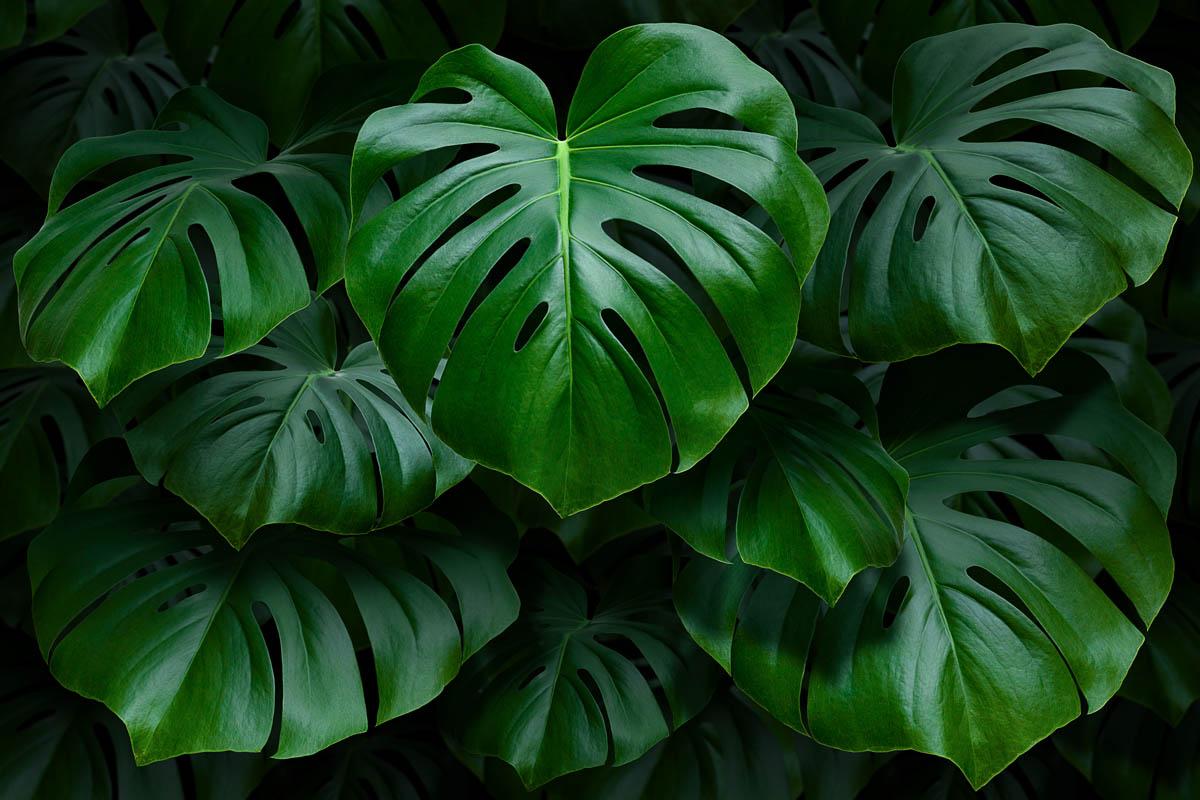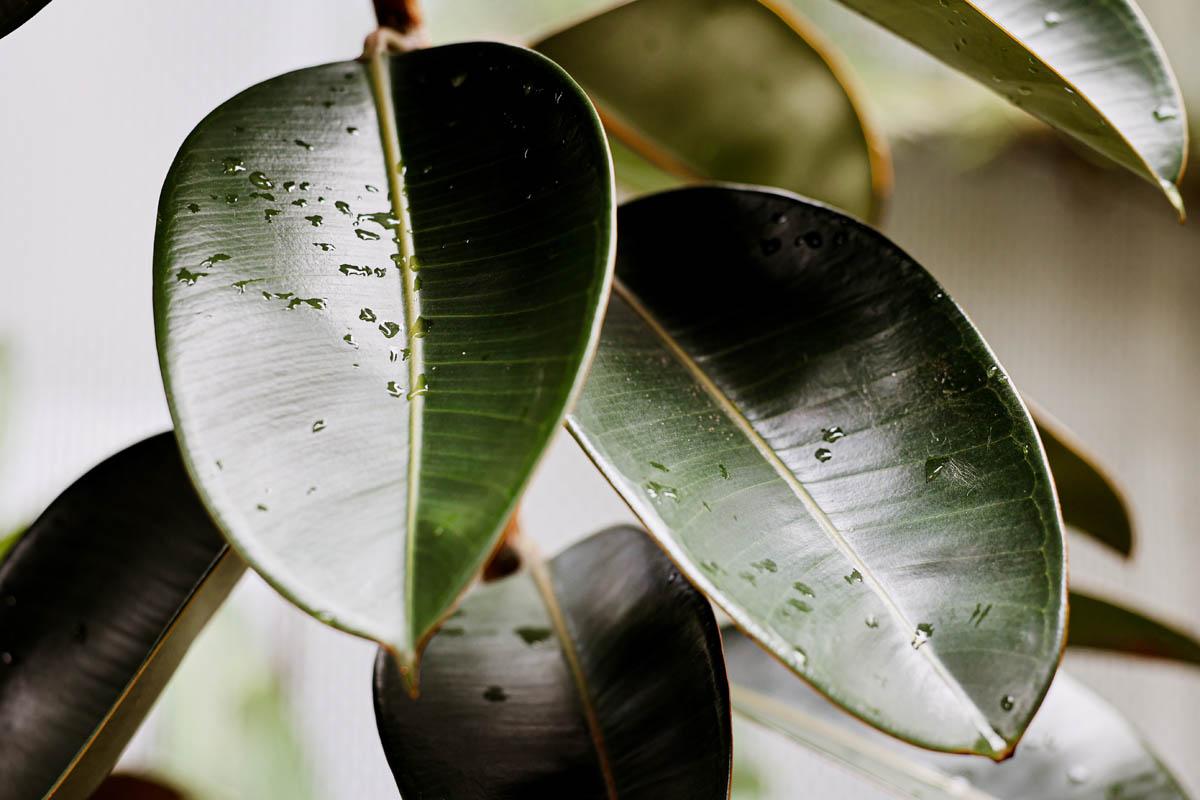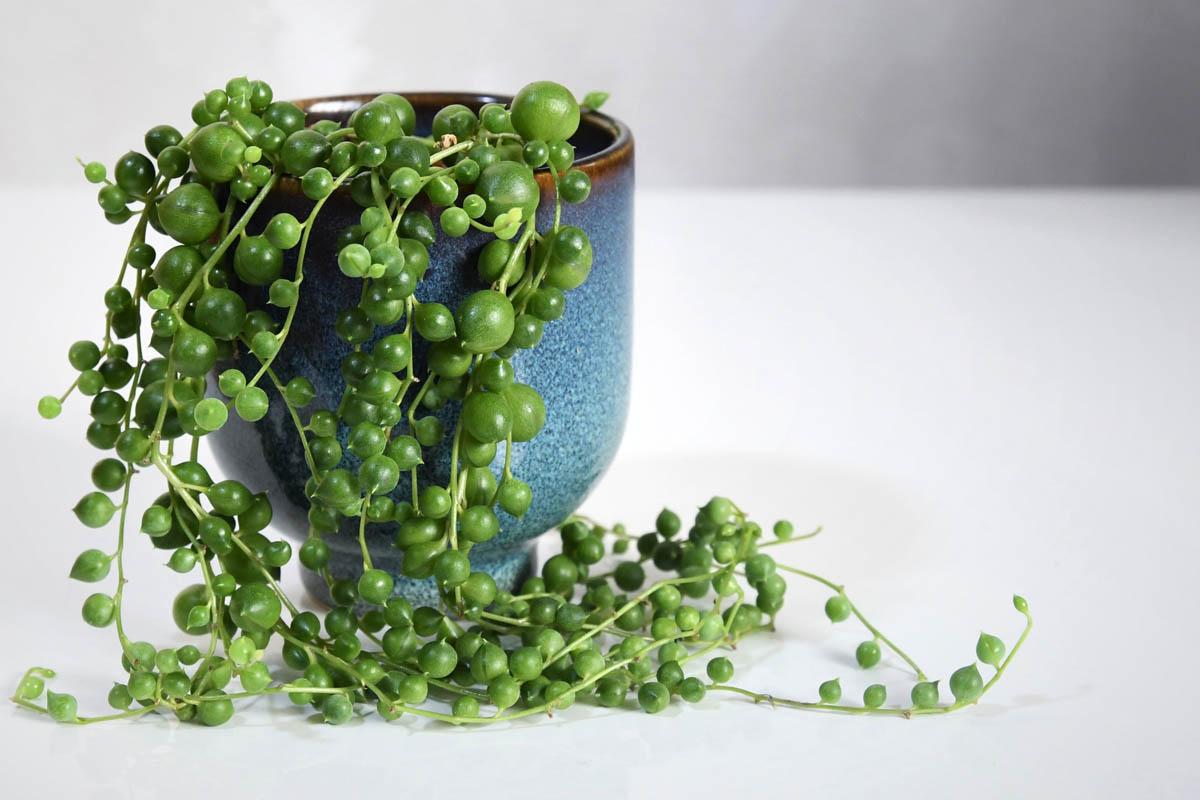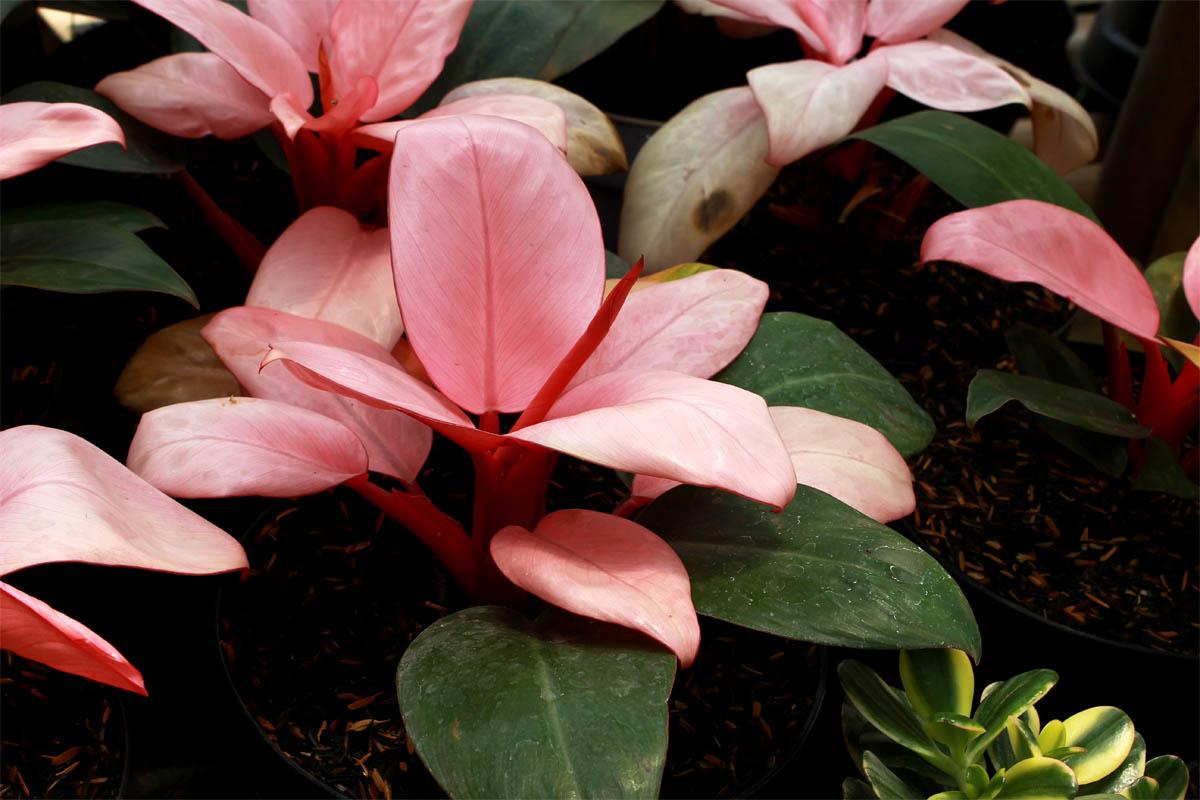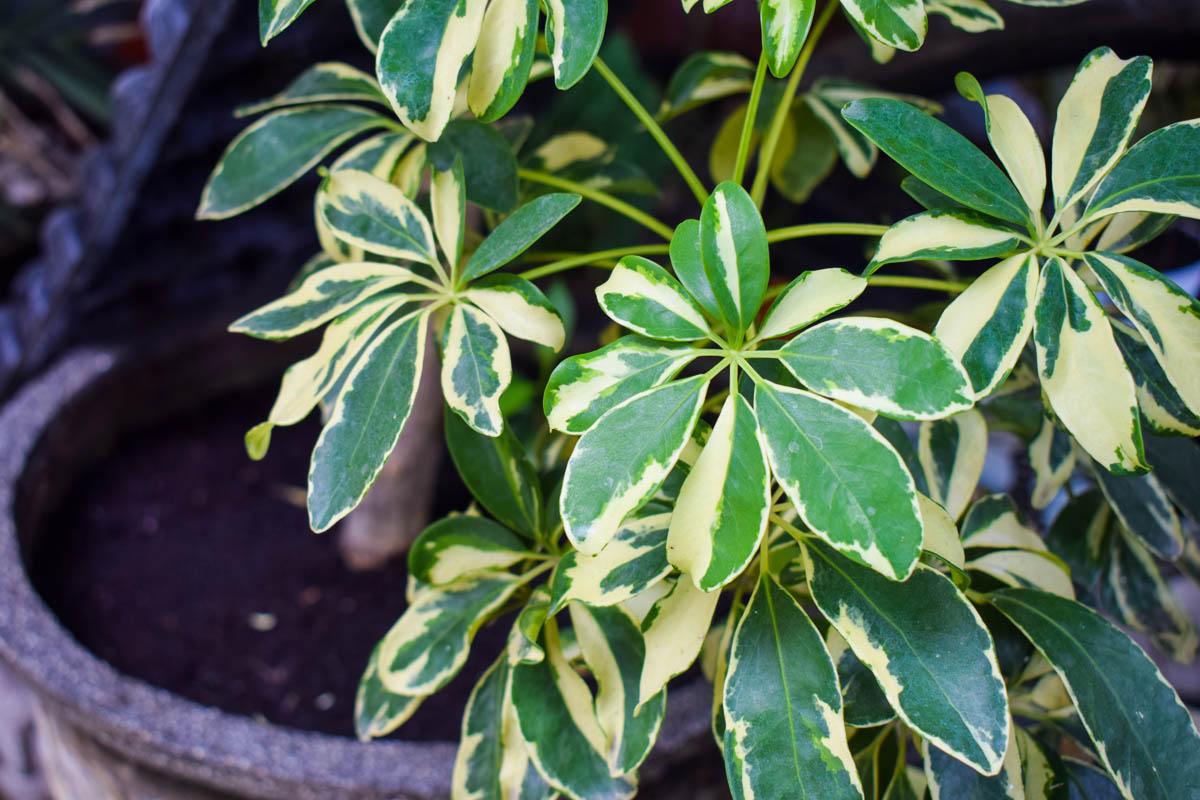Which plants have fenestrated leaves? Why do some plants have slits or holes in them? Why isn’t my monstera developing split leaves?
The plant kingdom has evolved in numerous interesting ways to guarantee its success in the wild. One such evolutionary adaptation is the holes or slits in some species of plants. Probably the most well-recognised example is the aptly named Swiss cheese plant (Monstera deliciosa).
Plant growers may have noticed that the smaller leaves start out without holes, but as they grow in size, slits or holes appear. These types of leaves are known as perforate or fenestrated and pinnatifid leaves. The word fenestration comes from the Latin word fenestratus, which means windows and pinnate is Latin for pinnātus, meaning feathered.
The mature Swiss cheese plant has both fenestrated and pinnatifid leaves. Fenestrations refer to the holes in the leaf, and pinnately divided leaves have slits in them.
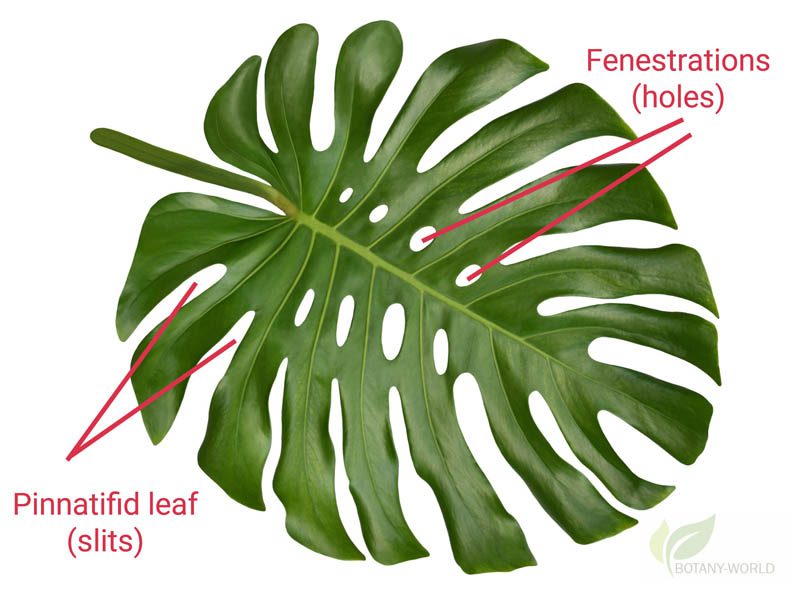
Why do some plants have slits or holes in them?
There are two theories as to why fenestration and pinnation occur:
- The pinnations (slits) and holes (fenestrations) protect the leaf from high winds, which could potentially rip the leaf off the plant.
- Monstera species are hemiphytes that live beneath the dense canopy in tropical rainforests. Fenestrations and pinnations in the upper foliage allow the lower leaves to receive sunlight and water.
Julia is a writer and landscape consultant from Wollongong with a love of horticulture. She had been an avid gardener for over 30 years, collects rare variegated plants and is a home orchardist. Julia is passionate about learning and sharing her knowledge of plant propagation and plant toxicology. Whether it’s giving advice on landscape projects or sharing tips on growing, Julia enjoys helping people make their gardens flourish.
